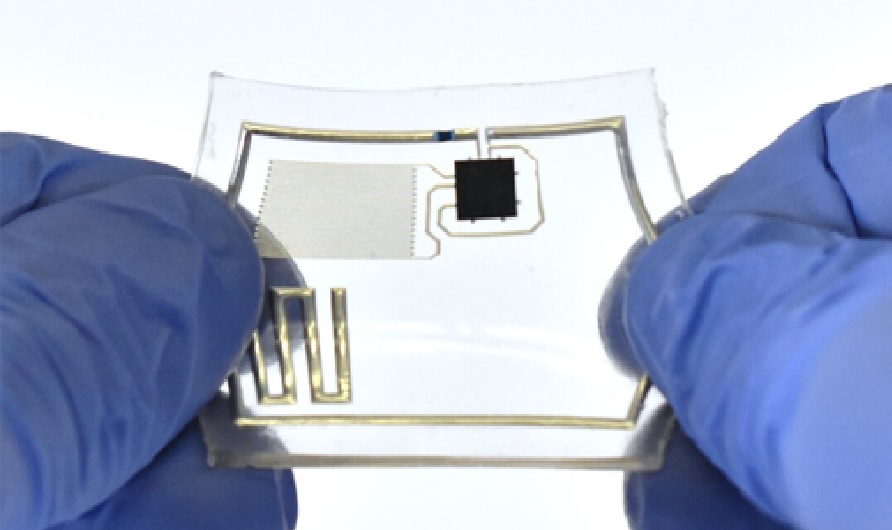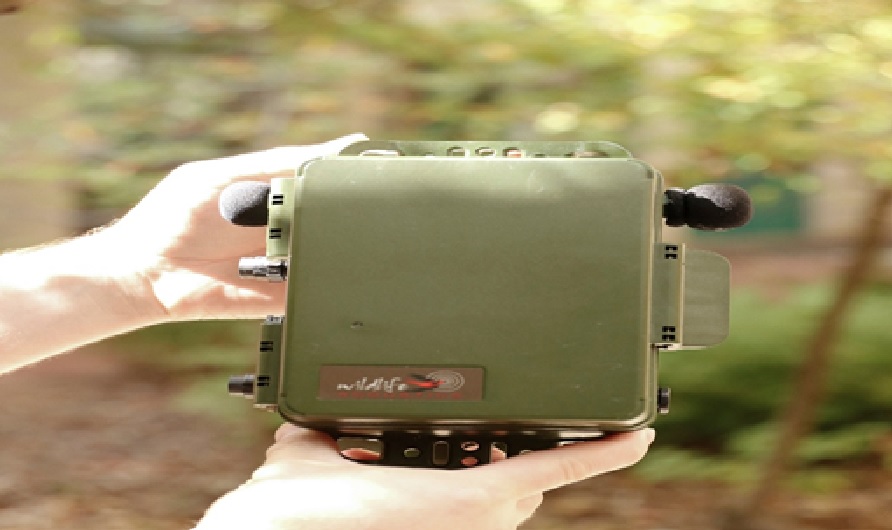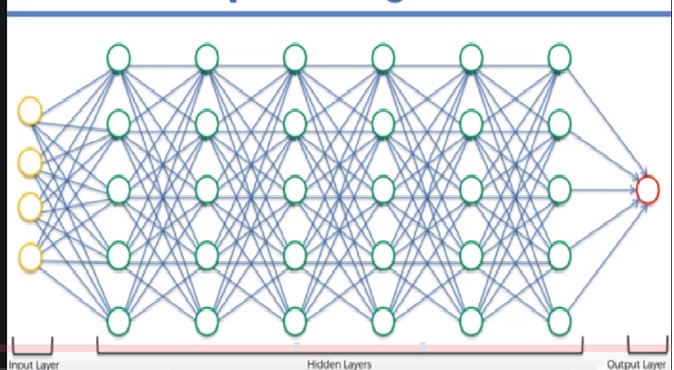Robotics and Wearable Devices with a Stretchy and Wearable Synaptic Transistor
Penn State engineers developed a little smarter Robotics and wearable devices with the addition of a stretchy, wearable synaptic transistor. The device works like neurons in the brain to send signals to some cells and inhibit others in order to enhance and weaken the devices’ memories.

Figure 1: A new stretchy and wearable synaptic transistor.
Figure 1 shows that, Led by Cunjiang Yu, Dorothy Quiggle Career Development Associate Professor of Engineering Science and Mechanics and associate professor of biomedical engineering and of materials science and engineering, the team designed the synaptic transistor to be integrated in robots or wearables and use artificial intelligence to optimize functions. [1]
“By mirroring the human brain, robots and wearable devices using the synaptic transistor can use its artificial neurons to ‘learn’ and adapt their behaviours,” Yu said. it hurts, and we know not to touch it next time. The same results will be possible for devices that use the synaptic transistor, as artificial intelligence is able to “learn” and adapt to its environment.
According to Yu, the artificial neurons in the device were designed to function like neurons in the ventral tegmental area, a tiny segment of the human brain located at the highest part of the brainstem. Neurons process and transmit information by releasing neurotransmitters at their synapses, usually located at the ends of neural cells.
Excitatory neurotransmitters trigger the activity of other neurons and are associated with improving memories, while inhibitory neurotransmitters reduce the activity of other neurons and are associated with weakening memories.[2]
“In contrast to all different areas of the mind, neurons within the ventral tegmental area are capable of releasing both excitatory and inhibitory neurotransmitters at the same time,” Yu stated. “By designing the synaptic transistor to operate with both synaptic behaviours simultaneously, fewer transistors are needed compared to conventional integrated electronics technology, which simplifies the system architecture and allows the device to conserve energy.”
To mannequin tender, stretchy organic tissues, the researchers used stretchable bilayer semiconductor supplies to manufacture the system, permitting it to stretch and twist whereas in use, in accordance with Yu. Typical transistors, however, are inflexible and can break when deformed.
“The transistor is mechanically deformable and functionally reconfigurable, yet still retains its functions when stretched extensively,” Yu stated. “It can attach to a robot or wearable device to serve as their outermost skin.” [3]
References:
- https://www.labmanager.com/news/stretchy-bio-inspired-synaptic-transistor-can-enhance-weaken-device-memories-28932
- https://www.archyde.com/bio-inspired-stretchy-synaptic-transistor-can-enhance-or-weaken-device-memory/
- https://news8plus.com/stretchy-bio-inspired-synaptic-transistor-can-enhance-or-weaken-device-memories/
Cite this article:
Sri Vasagi K, Robotics and Wearable Devices with a Stretchy and Wearable Synaptic Transistor, AnaTechMaz, pp.182















